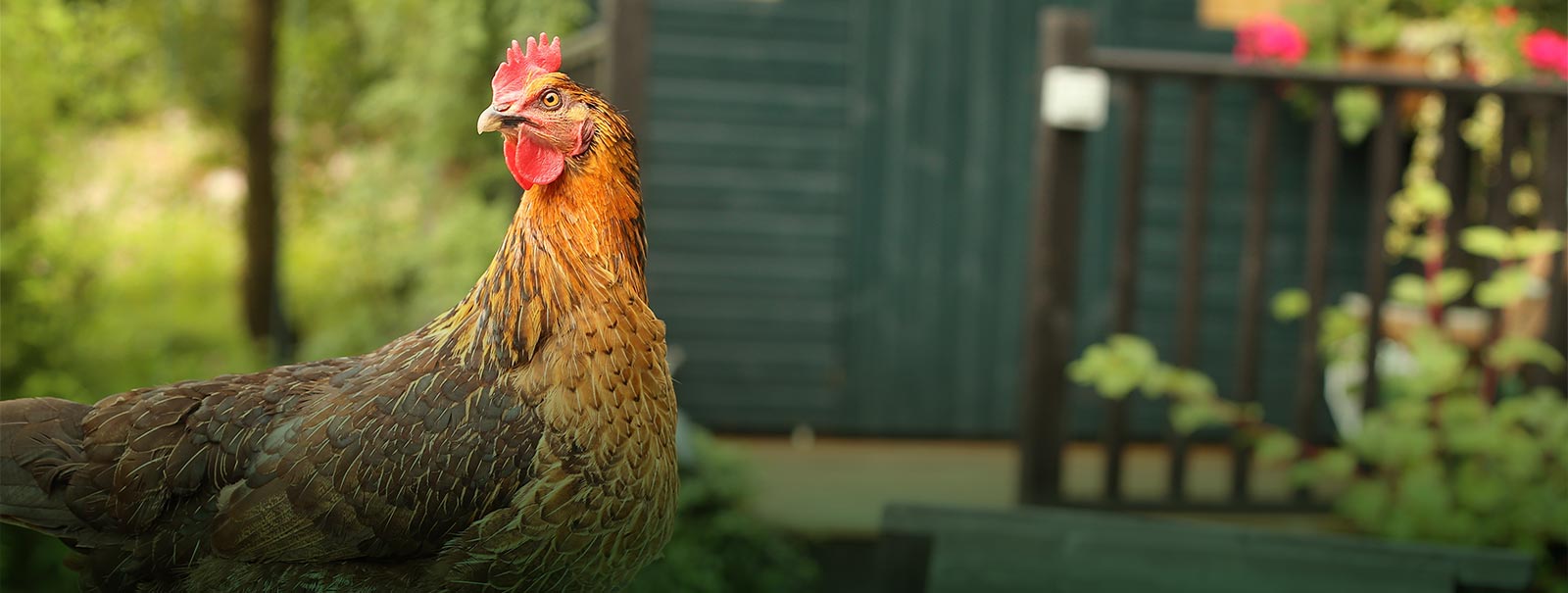
The advice hub Fowl Pox
Cause
Fowl pox is caused by a pox virus and can affect chickens, pigeons and turkeys.
The virus can get into the skin via biting insects and skin wounds to cause ‘pocks’ (scab-like crusted raised areas) on featherless skin such as the legs, comb, eye lids and wattles. This is called the ‘dry form’ of Fowl pox. In some when the eye lids are affected, the birds can lose their sight. Birds with the ‘dry form’ seldom die.
In rare cases the virus can infect the mouth. The oesophagus (food pipe) and the trachea (windpipe) are initially affected to form white nodules in these areas but subsequently these areas join together to create a layer of mucus, pus and dead cells from the mouth lining. This is called the’ wet form’. This mucus/pus/dead cells can obstruct the trachea making it difficult for the birds to breathe (in severe cases choking the bird) and it can be very painful making it hard for the bird to eat. Birds with the ‘wet form’ if severe enough can die.
The virus will spread very slowly throughout the flock but an outbreak will last several weeks.
What to look out for
Dry form
- Raised crusted areas on featherless skin (legs, comb and wattles)
- Drop in egg production
- Weight loss
Wet form
- Weight loss
- Death
- Refusing to eat and/or dropping food from the mouth
- Difficulty breathing/gasping
Diagnosis
Diagnosis is mostly based upon clinical signs.
Treatment
Your vet may prescribe antibiotics to control secondary bacterial infections.
Note: Birds with the wet form may die.
Prevention
To prevent Fowl pox there is no current licensed vaccine in the UK.
Improving overall hygiene and keeping the birds as stress-free as possible will help.
Note: The Fowl pox virus is very resistant and can survive for years on the holding.

